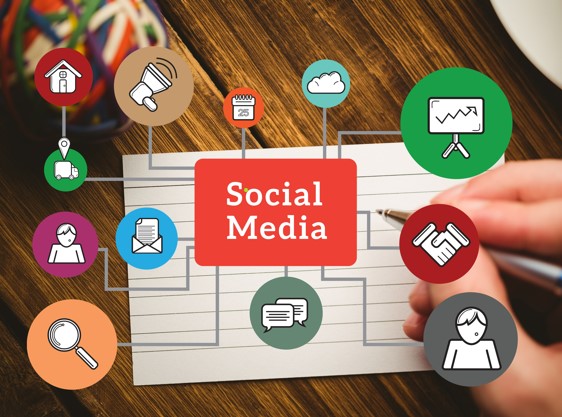According to Statista, during a 2024 survey among marketers worldwide, approximately 83 percent selected increased exposure (brand awareness) as a benefit of social media marketing. Increased traffic followed, mentioned by 73 percent of the respondents, while 65 percent cited generated leads. Hence the need for business owners and marketers to understand how to effectively maximize organic reach for business pages on social media.
Organic reach on social media has become a significant challenge for brands lately, with platforms such as Facebook, Instagram, TikTok, Pinterest, YouTube, and LinkedIn as these platforms prioritize personal interactions and often encourage businesses to use paid promotions for greater visibility. As algorithms evolve, unpaid posts from business pages receive less visibility, leading marketers to question the effectiveness of organic strategies. This post explores the reasons behind lower organic reach across major social media platforms and provides research-backed strategies to help brands adjust their approaches as well as how to leverage organic traffic generated by brands as leads and increase sales.
What Is Organic Reach, and Why Is It Declining?
Organic reach refers to the number of unique users who see a post without paid promotion. This reach has dropped significantly across major social media platforms due to algorithm changes favoring ads and user-centric content, higher competition, and platform monetization strategies. The decline in organic reach is forcing brands to reconsider their social media marketing tactics and, in many cases, invest more heavily in paid campaigns to maintain visibility.
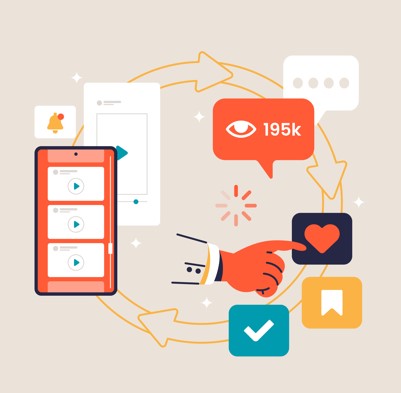

Increased Competition Among Pages
As more businesses establish an online presence, the competition for user attention has intensified. With limited real estate on users’ feeds (finite amount of space and visibility available on social media feed), brands find it increasingly challenging to stand out among the content from their competitors. A study by Social Media Examiner revealed that 88% of marketers said they would need to invest more in paid ads to maintain their visibility.This is a clear indicator of the growing difficulty of sustaining organic reach hence the use of paid ads on platforms like Facebook, Instagram, and LinkedIn to target specific audiences more effectively than organic posts.
Maximizing Social Organic Traffic: Best Social Platforms Redirecting Audiences
Redirecting audiences from social media to your brand’s website or landing pages isn’t just about boosting engagement; it’s a strategic move that streamlines the entire buying journey for both B2B and B2C brands. For B2C retailers, guiding customers from social platforms to a dedicated site enables a smoother, more organized payment process with secure, customized options, as well as enhanced insights for retargeting and follow-up on abandoned carts.
For B2B brands, redirecting audiences off social media offers a valuable opportunity to capture leads, deliver high-value content like case studies and white papers, and facilitate more complex sales journeys. With greater control over the buyer’s experience, B2B companies can nurture prospects through targeted landing pages, capture detailed data for qualifying leads, and streamline multi-step conversions for higher-value sales.
Each social platform offers unique tools to redirect traffic effectively, creating a seamless pathway from initial social engagement to checkout for B2C or a strategic lead generation process for B2B. Here, we’ll explore which social media platforms work best for driving audiences to your site, enhancing conversions, and optimizing both payment workflows and lead generation.
- Ideal for: E-commerce, lifestyle brands, and visual storytelling
- Why it works: Instagram’s Shopping features, Story swipe-up links (for verified/business accounts), and clickable bio links make it perfect for driving website traffic. Story ads with embedded links also work well for promoting specific products.
- Ideal for: Broad audience engagement across industries
- Why it works: Facebook supports direct links in posts, ads, and Stories, streamlining user redirection. Its advanced targeting and retargeting features amplify traffic flow to dedicated landing pages for lead generation.
- Ideal for: B2B lead generation, professional services, and educational content
Why it works: LinkedIn’s professional audience makes it highly effective for B2B brands aiming to drive traffic to resources like white papers and case studies. Sponsored Content and InMail ads can be tailored with links to high-value content for nurturing leads
YouTube
- Ideal for: Educational, entertaining, or informative content
- Why it works: YouTube allows brands to include links in descriptions, pinned comments, and end screens, making it easy to guide viewers to their website. The platform’s format, encouraging longer engagement, provides a natural transition to linked sites.
- Ideal for: Visual industries like fashion, food, and home decor
- Why it works: Pinterest allows Pins to link directly to a website, making it an effective tool for consistent traffic generation. Its search-driven nature is ideal for users seeking inspiration helping align traffic to product pages or lead magnets.
- Ideal for: Brands targeting younger, engaged audiences
- Why it works: While TikTok has limited direct linking, paid ads (like Spark Ads) enable clickable CTAs, and brands can leverage the bio link for website redirection. TikTok’s high engagement rates offer strong brand awareness potential and allow for targeted follower redirection.
Redirecting audiences from social media to brand-owned sites empowers both B2B and B2C brands to fully control the customer journey, optimize lead generation, and streamline the payment process. Each platform—Instagram, Facebook, LinkedIn, YouTube, Pinterest, and TikTok—offers unique tools that allow brands to strategically drive traffic, enabling personalized experiences that increase conversions. By aligning each platform’s strengths with specific business objectives, brands can maximize social media traffic, engage visitors more effectively, and ultimately convert casual followers into loyal customers or qualified leads.
Analyzing Organic Reach by Platform
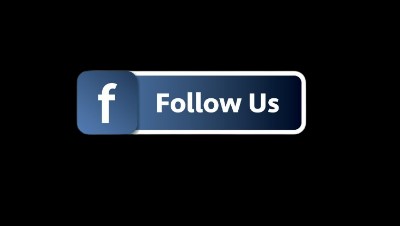
Facebook’s organic reach for business pages is among the lowest, with algorithms favoring personal connections. Paid ads are often necessary to reach larger audiences. Facebook’s organic reach for business pages has been declining for years. In 2022, Hootsuite reported that Facebook's organic reach for business pages averaged just 5.2%, a drop driven by Facebook’s algorithm changes prioritizing posts from friends, family, and paid advertisers. Facebook’s goal is to enhance user experience by promoting content that drives engagement, such as likes, comments, and shares. This shift challenges brands to post engaging, conversation-driven content rather than purely promotional material. Also, using paid ads to with a well-defined audience in specific demography if required resulting in 90% of marketers on Facebook have adapted to these to ensure your brands are able to standout and sell.
Insights & Strategy for Increased Engagement for Facebook Platform for brands
Aside the use of paid ads, a Shift Toward Community Engagement and User-Centric Content has helped brands increase awareness and sales.
Social media platforms are shifting their focus toward posts that generate meaningful conversations. For brands, this shift means that simply sharing promotional content may not be enough. Posts that encourage direct engagement or feature value-added content (such as educational articles, videos, and infographics) are more likely to receive visibility. Facebook’s data shows that posts generating higher engagement (likes, comments, shares) are far more likely to be prioritized, leaving less-engaging content virtually invisible.
Embrace Facebook Stories, engage in Facebook Groups, and consider using a mix of organic and paid strategies for higher reach
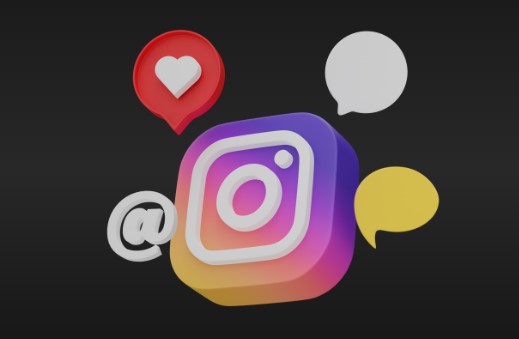
Instagram, which is also owned by Meta, has experienced similar drops in organic reach. Instagram’s algorithm also tends to favor posts from personal accounts and friends over business pages in users' feeds. Business accounts often experience lower reach unless their content is highly engaging or promoted through ads. Although known for high engagement rates, Instagram’s algorithm favors posts with active engagement, meaning that purely informational posts often struggle to gain visibility. Research by Later suggests that the organic reach rate on Instagram for business accounts is around 13.51% per post on average, but this varies depending on content type and follower interaction. Instagram’s push for Reels and Stories indicates a preference for short-form, dynamic content. Static posts, which are commonly used by brands for announcements and thought leadership, may not perform as well without paid promotion. If you are not able to create highly interactive contents or utilizing influencers to help drive engagement, you can use other content format that will yield result with the help of paid ads, don’t give up. To counteract reduced organic reach for brands, allocate budget to for paid ads. Facebook’s goal is to enhance user experience by promoting content that drives engagement, such as likes, comments, and shares. This shift challenges brands to post engaging, conversation-driven content rather than purely promotional material. Also, using paid ads to with a well-defined audience in specific demography if required resulting in 90% of marketers on Facebook have adapted to these to ensure your brands are able to standout and sell.
Insights & Strategy for Increased Engagement for Instagram Platform for brands
Stories and Reels Boost: Instagram promotes Reels and Stories more actively, so businesses can leverage these formats to increase organic reach.
Also, consistently create engaging and interactive content, use Reels for discoverability, and encourage engagement to rank higher in followers’ feeds while paid promotions can also help extend reach.
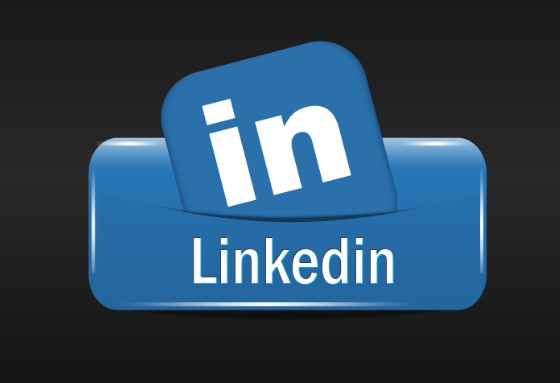
As the go-to platform for B2B networking, LinkedIn’s organic reach remains relatively strong compared to other platforms. LinkedIn’s algorithm promotes posts that encourage conversation, such as thought leadership, industry insights, and professional achievements. According to LinkedIn’s data, posts that spark interactions with relevant keywords can reach 15-20% of a page’s followers organically. Additionally, LinkedIn Articles and Newsletters offer strong reach for B2B brands, especially those looking to establish authority. LinkedIn’s organic reach is higher for content that adds professional value, making it ideal for thought leadership and industry-relevant discussions. Instagram’s push for Reels and Stories indicates a preference for short-form, dynamic content. Static posts, which are commonly used by brands for announcements and thought leadership, may not perform as well without paid promotion. If you are not able to create highly interactive contents or utilizing influencers to help drive engagement, you can use other content format that will yield result with the help of paid ads, don’t give up. To counteract reduced organic reach for brands, allocate budget to for paid ads. Facebook’s goal is to enhance user experience by promoting content that drives engagement, such as likes, comments, and shares. This shift challenges brands to post engaging, conversation-driven content rather than purely promotional material. Also, using paid ads to with a well-defined audience in specific demography if required resulting in 90% of marketers on Facebook have adapted to these to ensure your brands are able to standout and sell.
Insights & Strategy for Increased Engagement for LinkedIn Platform for brands
LinkedIn’s algorithm tends to favor content from personal profiles rather than company pages, so posts from business pages often see reduced reach. Building a personal brand for Top Executives to increase brands organic reach through repost is one of the ways to increase brand organic reach.
Encourage employees or team members to share company content from their profiles, boosting reach organically. Posting informative, value-driven content that prompts engagement (such as polls and industry insights) can also increase reach for brands on LinkedIn.
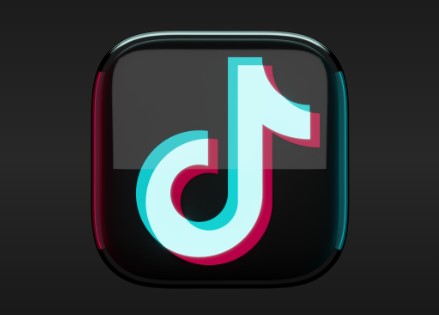
TikTok
TikTok presents a unique platform that could be leveraged to create brand awareness through highly interactive shareable content. The platform’s algorithm is designed to surface new content that resonates with users, making it easier for businesses to go viral organically. However, TikTok’s audience skews younger, posing challenges for B2B brands targeting older demographics
Insights & Strategy for Increased Engagement for TikTok Platform for brands
For brands willing to experiment with video content, TikTok’s organic reach can be promising. HubSpot reports that 61% of users discover new brands on TikTok, showcasing the platform’s potential for brand awareness.
Engaging and trend-driven content on TikTok can achieve a viral reach without heavy reliance on paid ads, making it a rare platform with relatively strong organic reach potential.
Encourage employees or team members to share company content from their profiles, boosting reach organically. Posting informative, value-driven content that prompts engagement (such as polls and industry insights) can also increase reach for brands on LinkedIn.
Effective Strategies for Combating Lower Organic Reach
- Invest in a Paid and Organic Hybrid Strategy
To counter lower organic reach, most brands need to allocate a portion of their budget to paid social campaigns. Facebook and LinkedIn offer advanced targeting options that can help brands marketers reach specific job titles, industries, and regions, optimizing the value of paid ads.
Key Insight: A hybrid approach ensures visibility for your content while still building an engaged organic audience.
- Leverage Platform-Specific Content
Each platform’s algorithm prioritizes different types of content. For instance:
- Facebook and LinkedIn favor discussion-oriented posts.
- Instagram prioritizes Reels and Stories.
- YouTube highlights longer videos with high engagement.
Tailoring your content to each platform increases its potential reach and engagement.
Key Insight: Cross-platform customization yields an average of 23% higher engagement rates than generic, cross-posted content (Buffer).
Reference: Buffer Social Blog
- Use Short-Form Video for Maximum Reach
Video content is favored by most algorithms, and short-form video, in particular, often yields higher engagement and discoverability on platforms like TikTok, Instagram, and YouTube. Videos provide a dynamic, attention-grabbing format that resonates with audiences and is prioritized by algorithms.
Key Insight: Short-form videos drive 84% higher engagement across social platforms, according to Wyzowl Video Marketing Statistics.
- Optimize Post Timing for Each Platform
Posting during peak times can enhance your content’s reach and engagement.
Test and review performance to identify peak period based on main targeted regions.
Research from Sprout Social suggests that, for B2B brands, the best times to post on:
- Facebook: Tuesdays to Thursdays, 9 AM to 2 PM
- LinkedIn: Wednesdays, 9 AM to noon
- Instagram: Tuesdays and Wednesdays, 11 AM
Lower organic reach across social media platforms poses a challenge for brand marketers, but a strategic approach combining organic , paid and driving traffic to a website can yield strong results. By tailoring content to each platform, using paid campaigns wisely, and leveraging engagement-driving content formats like video, brands can continue to drive visibility, connect with their audience and increase sales.

